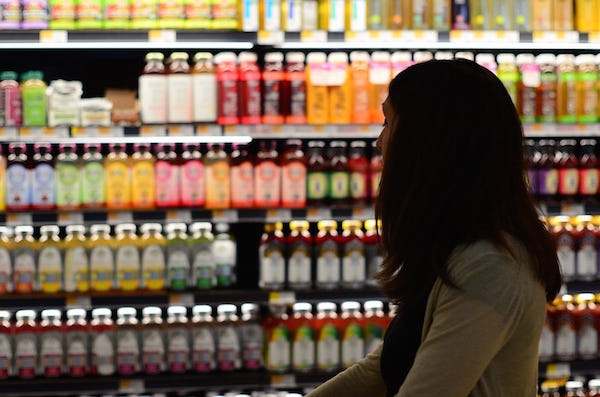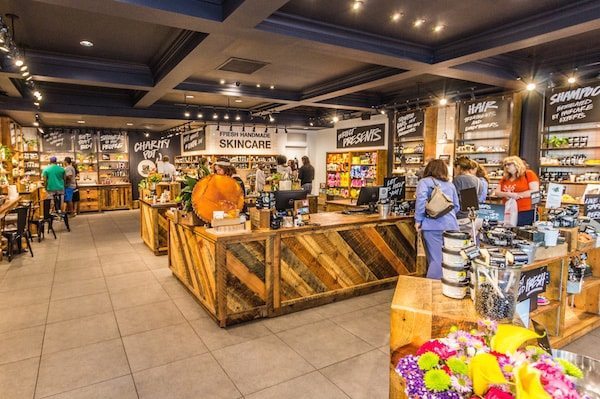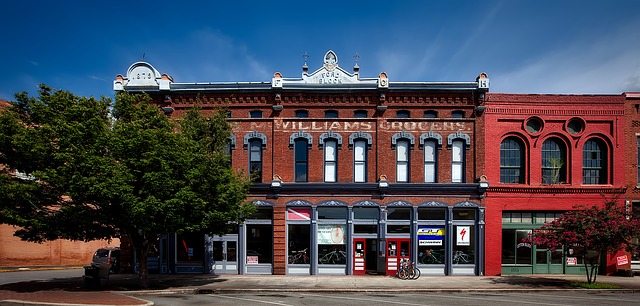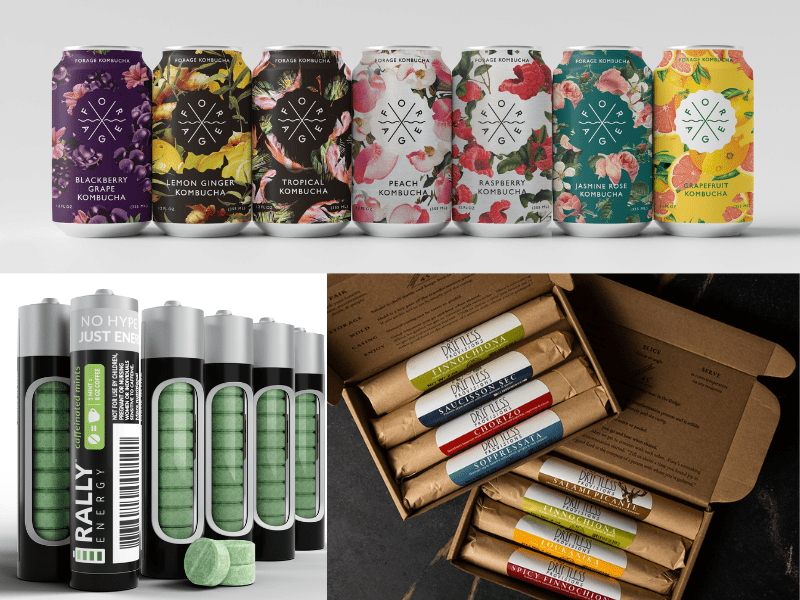[vc_row][vc_column][vc_column_text]We often talk to people about business model “paths” i.e. divergent roads that entrepreneurs can choose to follow to achieve their business goals. Choosing one means saying no to another, at least initially, as each path has different scale requirements and requires different levels and sources of capitalization.
Part of that business model path decision is shaped by place and the scale that is possible in that place. In rural areas with low levels of population, it is especially hard to have food or beverage businesses locally produce their products for a purely local consumer base simply because there are not enough consumers to sustain the business. And, many people, funders and entrepreneurs alike, don’t necessarily know what it takes to make a rural business successful or what will work in a given rural area. This, combined with other factors, has unfortunately led to a dearth of capital for businesses based in rural areas.
At the end of the day, all businesses need enough market share of a large enough market to be financially sustainable for the long term. To make many rural businesses viable, there are two different over-arching paths to pursue to achieve this. One path is finding a way to bring enough people to the business’ physical location to achieve the necessary scale. Pick your own farms or on-farm wedding operations and other agri-tourism businesses are examples of this. Another path is getting the business’ products into regional or national distribution to reach more consumers through producing branded wholesale products that are defensibly unique in the category they are in.
It is important to remember: one path is not better than the other. Rather, each path has clear tradeoffs and business model requirements, like the number of people needed to buy the product. That path needs to align with the entrepreneur’s skills and goals as well as the realities of their community. It is our hope that understanding these tradeoffs will unlock more capital for rural businesses so they can grow and be financially viable for the long term.
And now, our roundup of the best food and beverage finance news, events and resources from around the web…
Business Model Insights
- Why Food Manufacturers Shouldn’t Try to Be Tech Companies (The Food Institute) – “Technology can be a great thing. However, technology for technology’s sake is not so great, and is beginning to pop up more and more, even in the food industry. The journey of Juicero demonstrates an important point for those in the food industry. Just because you can use technology to make a product seem more modern and exciting, doesn’t mean you should. In many cases, creating a simple product that is accessible and on-trend is enough to be successful. While it is important to introduce technology where it makes sense for your business, it is essential to remember that it doesn’t always make sense for your business.”
- Banza co-founder on staying focused, raising capital, saying no, and ‘shiny object syndrome’ (Food Navigator)
- 5 Considerations For Building An Amazing Team (New Hope Network)
Raising Capital
- [Podcast] How to refine a pitch to woo investors and score retail distribution (FoodNavigator) – “Whether it is trying to raise money, build brand awareness or convince a buyer to stock your product on store shelves, knowing how to successfully pitch your company, and yourself, to potential business partners and consumers is essential. Questions that should be answered include: Does the company have a sustainable business model with sufficient potential to scale? Does the company have a new product or technology that helps solve an existing problem? Is there traction – even if still early – that demonstrates sales or potential?”
- 4 Best Practices For Raising Capital (ShareVault)
- Fancy Snacks Are Having a Moment. Venture Capital Wants In (Eater)
CPG/National Brands
- The argument for authenticity (New Hope Media) – “We often focus inordinately on the latest tool or tactic, and as important as it is to utilize cutting-edge technology and pay attention to trends, it’s often more important to emanate something true and real that resonates with people on a personal level. As marketers, we manipulate a lot. But there is no substitute for a brand that radiates passion, adds real value to people’s lives and takes a stand for something. And you can’t fake a mission-driven organization or product that plants a flag. Consumers are jaded, and they smell the falsehood in your promotions, communications and advertisements instantly.”
- Retailers are squeezing already struggling CPG brands (FoodDive)
- Brand building through irresistible packaging design (Packaging Digest)
Market Trends
- How Much Do People Spend in Each Sector of the Food Economy? (Earnest) – “90% of the overall “eating in” food spend is still at a traditional grocery store. With new tech emerging in the food space—complete with checkout line-free stores, drones, and artificial intelligence-driven delivery methods—there’s been a lot of talk about the “death” of the traditional grocery store. While delivery companies (and food tech in general) are rapidly growing, our data suggest that these fears may be a bit premature. The total slice that Amazon will now control—between Whole Foods and Amazon Fresh—is about 14.6% of total food spending. While that’s a hearty piece of the pie, Amazon will still have to battle incumbents like Costco and delivery service Instacart to be the market leader.”
- Grocery Prices Have Been Falling. Did You Notice? (NPR)
- What it Means to be ‘Clean’ in Today’s Fast Moving Consumer Goods Market (Nielsen)
Farming and Rural Life
- Rural communities fight to preserve local grocery stores (FoodDive) – “Many communities are seeing declining populations that can’t support grocers. Towns with 1,000 people or less often don’t provide enough business to keep a supermarket afloat. Retailers that do succeed in these areas often do so by drawing customers from other nearby towns. Oftentimes, it’s a Walmart store that’s drawing shoppers from far and wide with its low prices, which are tough for local grocers to beat. Becoming a regional draw in rural areas throughout the country has been one of the keys to Walmart’s success in recent decades.”
- Manufacturing is Relatively More Important to the Rural Economy than the Urban Economy (USDA)
- What Does It Cost To Start A New Farm? (Fast Company)
Deals/M&A
- Agtech to yield more M&A in coming year (Pitchbook) – “The recent period of record VC investment in agtech has coincided with a precipitous drop in corporate M&A in the same space over the same period. Indeed, VC investment in agtech has surpassed completed M&A deal value for two consecutive years in the US. And the wave of consolidation at the top of Big Ag—represented by the deals between Dow and DuPont (announced in December 2015), ChemChina and Syngenta (February 2016), Bayer and Monsanto (May 2016)—has played a major role in triggering that change.”
- Mega-mergers in agribusiness raise concerns about food costs, biodiversity (USA Today)
- Eaten Up: The Consolidation Of The Food Delivery Space In One Timeline (CB Insights)
Industry Events
- Natural Products Expo East (New Hope Network) – $, 9/13 – 9/16 in Baltimore, MD
- Strong Women, Strong Coffee (WWBIC) – $, 9/22 in Madison, WI
- Basic Food Safety (FaB Wisconsin) – $, 10/4 – 10/6 in Milwaukee, WI
- Advanced Food Safety (FaB Wisconsin) – $, 10/26 – 10/27 in Milwaukee, WI
- Rural Opportunity Initiative (ROI) – ISU Rural Investment Workshop – Free, 11/2 in Des Moines, IA. Rural ag-related businesses interested in attending can apply here.
[/vc_column_text][/vc_column][/vc_row]








